Image Gallery: Bug's Eye Camera
Bug's eye camera and bee
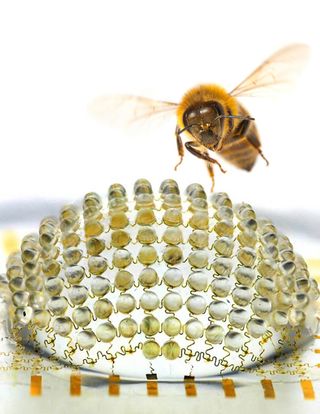
A new digital camera developed by scientists takes its inspiration from the compound eyes of insects.
Bug's eye camera and fly
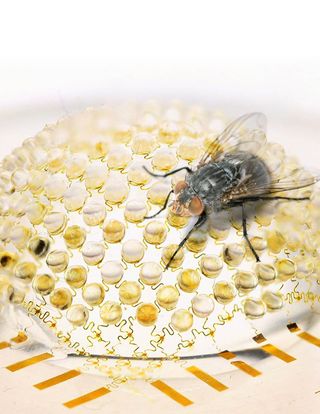
Insect eyes have a wide field of view, high motion sensitivity and an infinite depth of field (the distance between objects that appear sharp in an image).
Bug's eye camera and ant

The camera contains hundreds of tiny photo sensors that resemble structures in an insect's eye called ommatidia.
The camera assembly
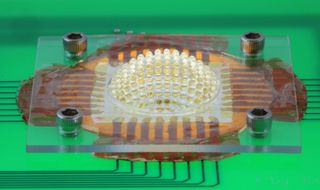
Each imaging unit, or ommatidium, consists of a tiny lens on a supporting post that conveys light down to a silicon photodetector.
The camera assembly
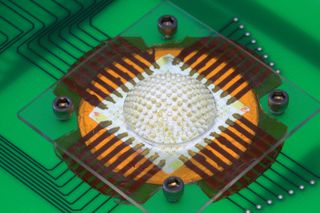
To make the camera, flexible arrays of lenses and photodetectors were assembled in flat, 2D sheets. The sheets were then bonded together and inflated into a hemispherical shape.
Side view of camera

Simulations suggest that camera has about a 160-degree field of view.
Better cameras
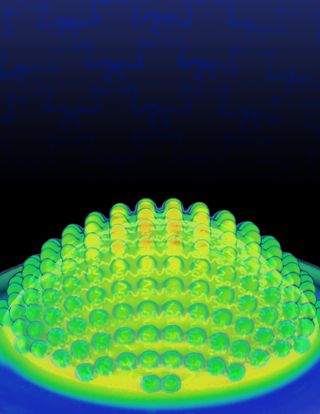
The current camera has 180 imaging units, or ommatidia, but the researchers say that number could be scaled up to millions.
Sign up for the Live Science daily newsletter now
Get the world’s most fascinating discoveries delivered straight to your inbox.
Real eye vs. camera eye
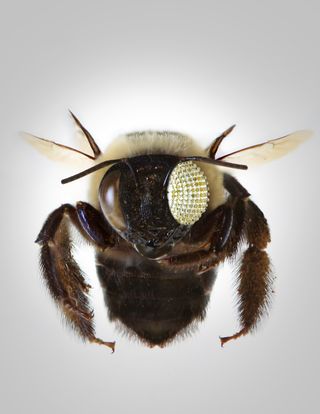
It's hard to know how an insect really sees the world, but simulations of the new camera suggest it creates something similar, composed of many small parts combined into a larger image.

